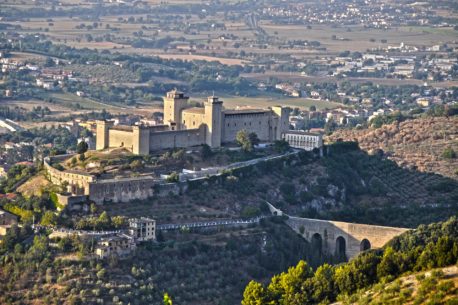
Gran Paradiso Park is the oldest National Park in Italy recognized as such in 1922 by Vittorio Emanuele III. The Park is located on the border between Valle d’Aosta and Piedmont . Its symbol is the alpine ibex which is today a protected species together with all the rest of the fauna and flora that make up the park. Today it is a destination of great landscape and environmental value that visitors choose to admire the surprising variety of fauna and enjoy a stay in the nature of the Alps.

But returning to the territory, the Gran Paradiso is truly a fascinating place that conquers everyone with its unspoiled nature. Meeting the noble and elegant creatures that inhabit it is what generates a unique emotion. The park is also home to a wide variety of mountain species , among the many paths that run through it. Among the main ones you can see chamois, weasels, marmots, but also hares, foxes, ermines and stone martens. Finally, there is a great variety of birds of prey and birds : golden eagles, eagle owls, sparrow hawks, buzzards, but also partridges, kestrels, woodpeckers and robins. A succession of wonderful specimens that represent, in themselves, a real attraction. Click here to discover the entire alpine fauna of the park.
That’s not all, however, because in addition to the flora and fauna, the park also preserves various testimonies of the human presence in these valleys. In the past, in fact, the park has hosted a large mountain population. Therefore today there are numerous villages , consisting of the typical alpine buildings in wood and stone, stables, shelters, paths, paths, barns and dry stone walls, traces of man’s adaptation to the inaccessible environments of the alpine valleys. Moreovere, all these buildings have been adapted to accommodate tourists, thus allowing them to come into contact not only with the natural landscape but also with the anthropological past of these lands.
If you too want to venture into the Alps and explore the Gran Paradiso Park more closely, discover our GO HORSE program – CLICK HERE.

Sant’Antioco is a small seaside village with a special charm. Located on the Sardinian island of the same name belonging to the Sulci archipelago, in the past it was a Phoenician-Punic colony then a Roman city. Its marina, colorful houses and restaurants inebriate the air with inviting scents, making it the sea soul of Sant’Antioco. […]

Spoleto is an Umbrian city surrounded by hills, olive trees and vineyards that allows the visitor to take a real dip in the past. Enclosed within a very large plain, the city developed on the Sant’Elia hill and then continued towards the areas of Monteluco and up to the banks of the Tessino. An eclectic […]